
The Best 3D-Printed Masks for Halloween
As the autumn chill sets in and whispers of Halloween fill the air, the most creative holiday of the year
Dear Customers,
Our new online quoter and client portal are officially live!
From September to December, both old and new versions will run in parallel as a transition period.
✨ Special Offer:
Enjoy automatic quantity discounts — the more you order, the lower the unit price (up to 25% off for selected materials).
🌟 Already available:
⚡ Better user experience & faster server performance
🕒 More accurate delivery time estimates
📝 Simplified and faster order process
🔮 Coming soon:
🛠 Instant quote for CNC & other processes
📦 Order tracking & workflow updates
📧 New email notification system
📂 Batch upload & batch editing of models
🔍 Online DFM (Design for Manufacturability) checks
📊 Enhanced order panel with detailed statistics
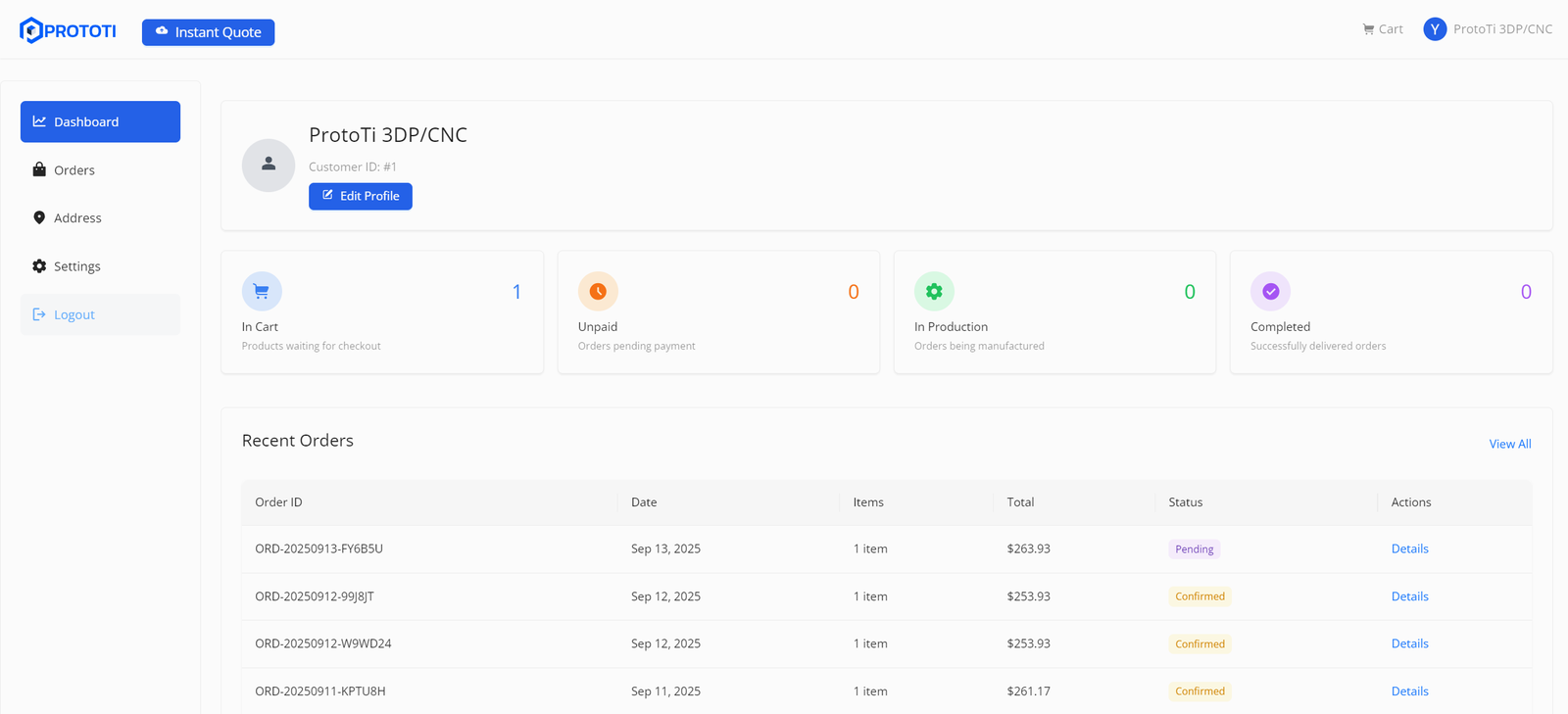
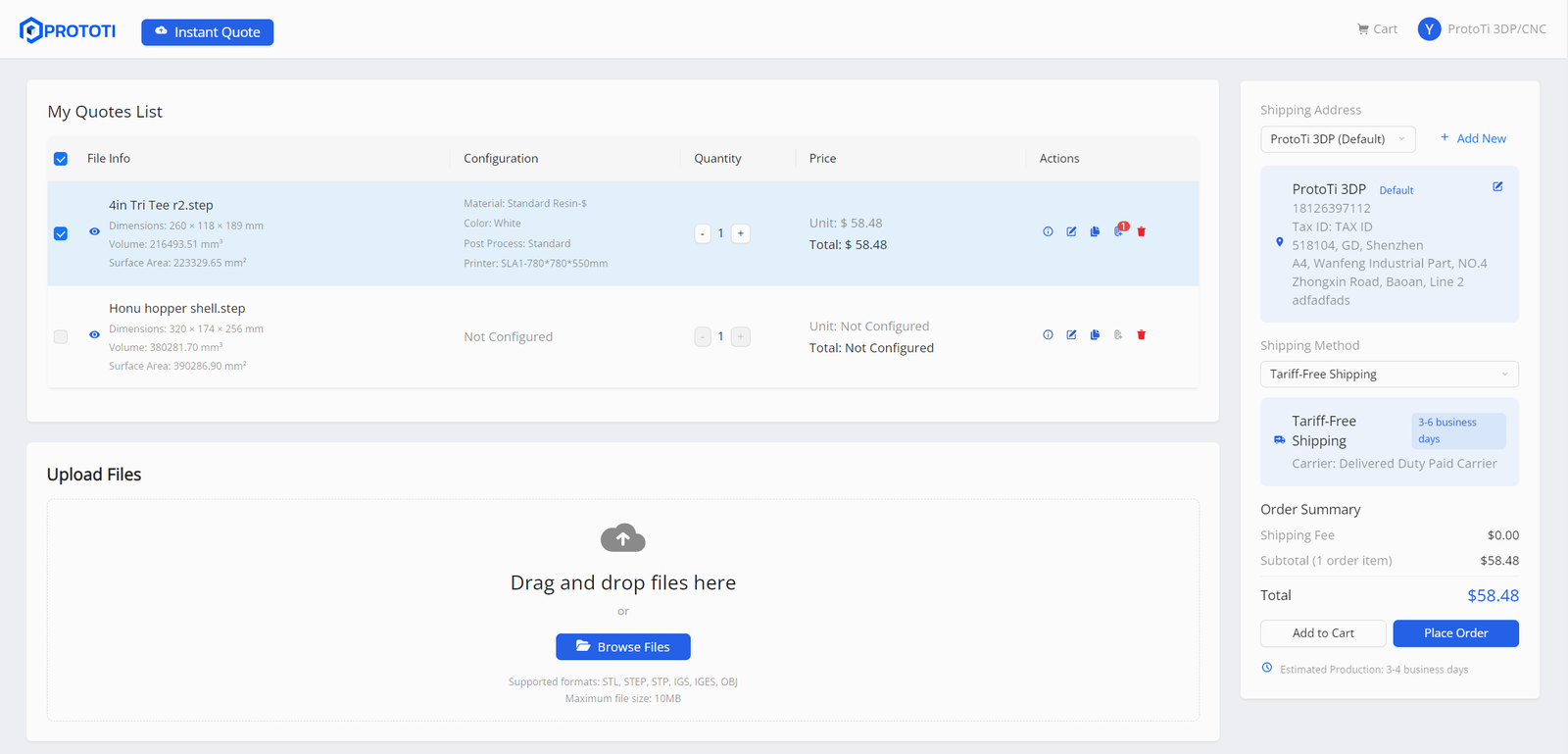
Thank you for your support — we look forward to bringing you an even smoother ordering experience!
— ProtoTi
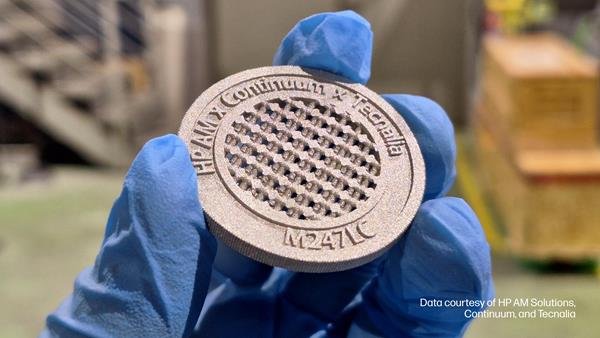
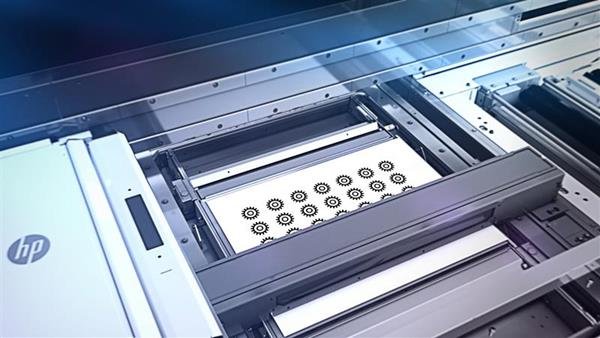
*This article originally appeared on 3D Printing Industry. Paloma Duran is the original author of this piece.

Share the Post:

As the autumn chill sets in and whispers of Halloween fill the air, the most creative holiday of the year
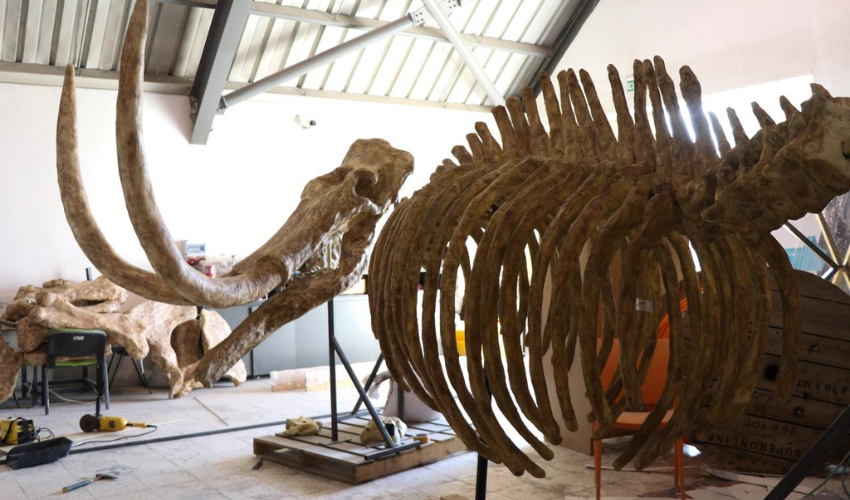
In central Türkiye’s Kayseri province, researchers are turning to 3D printing to help restore fossils that date back 7.7 million
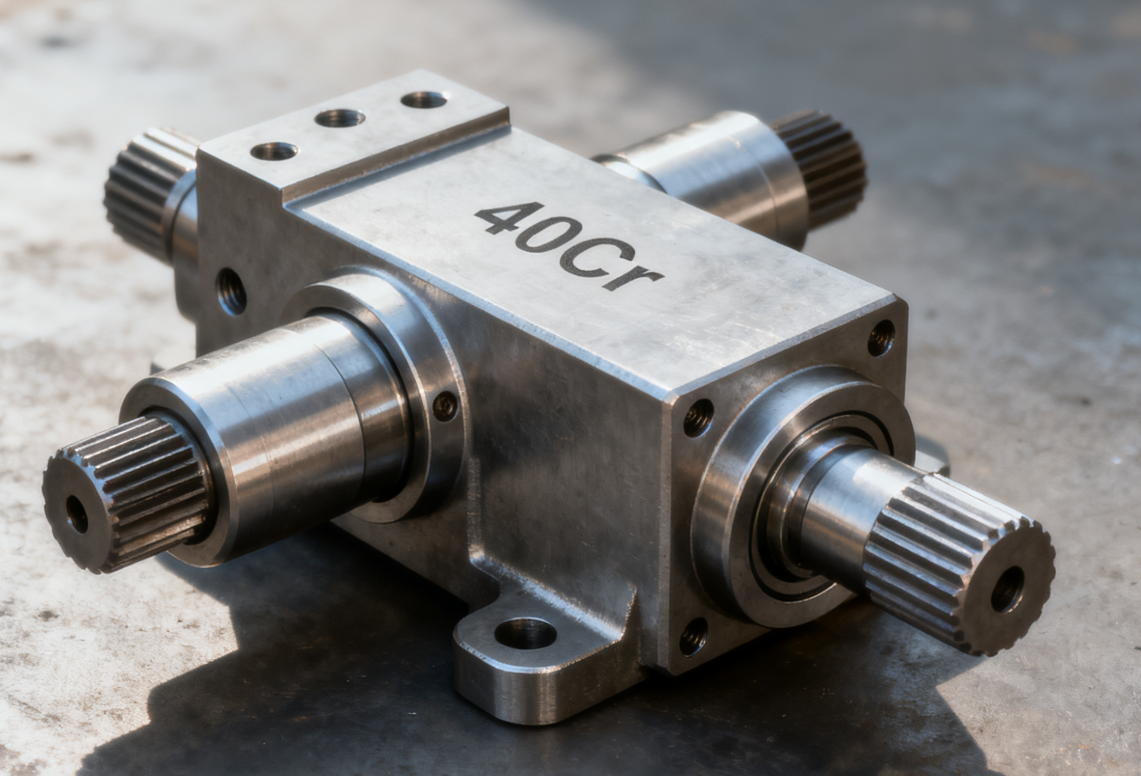
In the modern mechanical processing industry, material selection is the key to ensuring the performance, lifespan and cost control of parts. For engineering parts with medium-high strength, wear resistance, impact resistance and demanding heat treatment properties, 40Cr alloy structural steel is widely adopted due to its comprehensive excellent performance. This article will systematically introduce the chemical composition, physical and mechanical properties, heat treatment process, mechanical processing adaptability, typical applications, material selection comparison, advantages and disadvantages, as well as precautions during processing of 40Cr, to help engineers, purchasing personnel and manufacturers fully understand and correctly select this material.
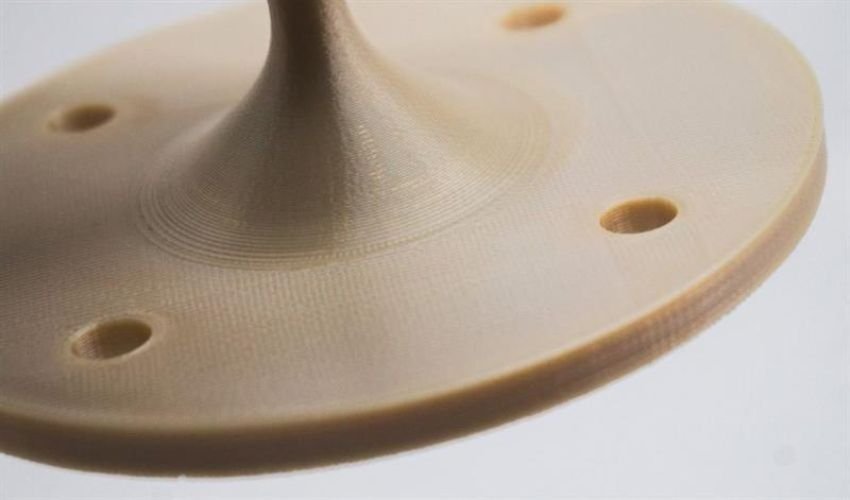
High-performance polymers (HPP) have been used in industry for several decades, particularly in injection molding and machining. However, in recent